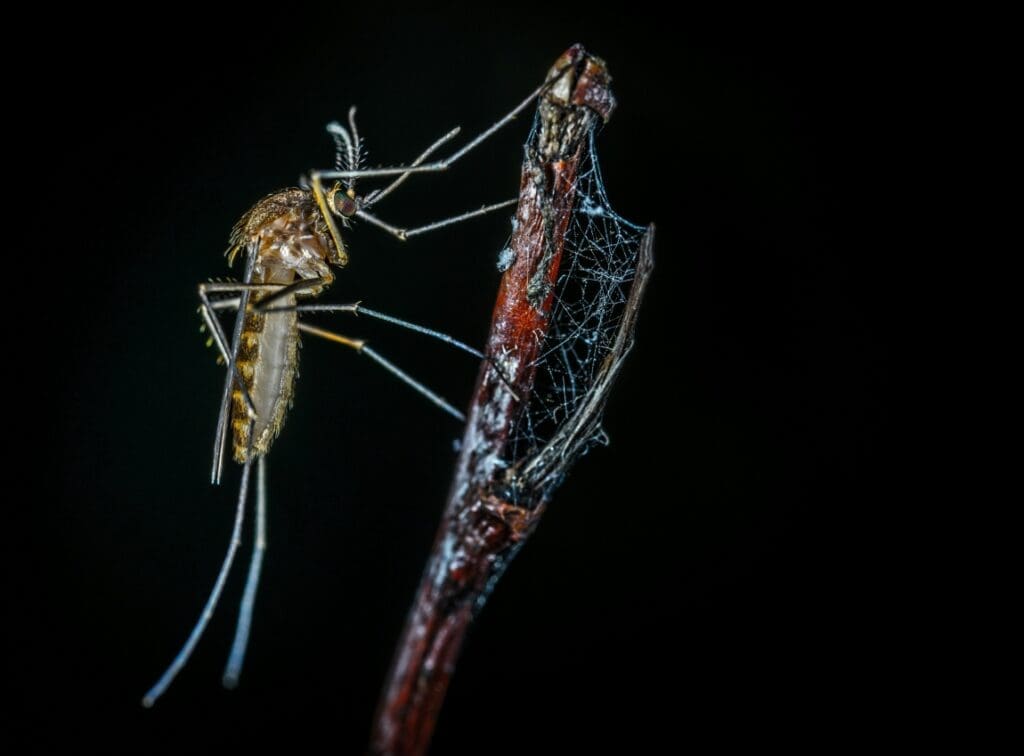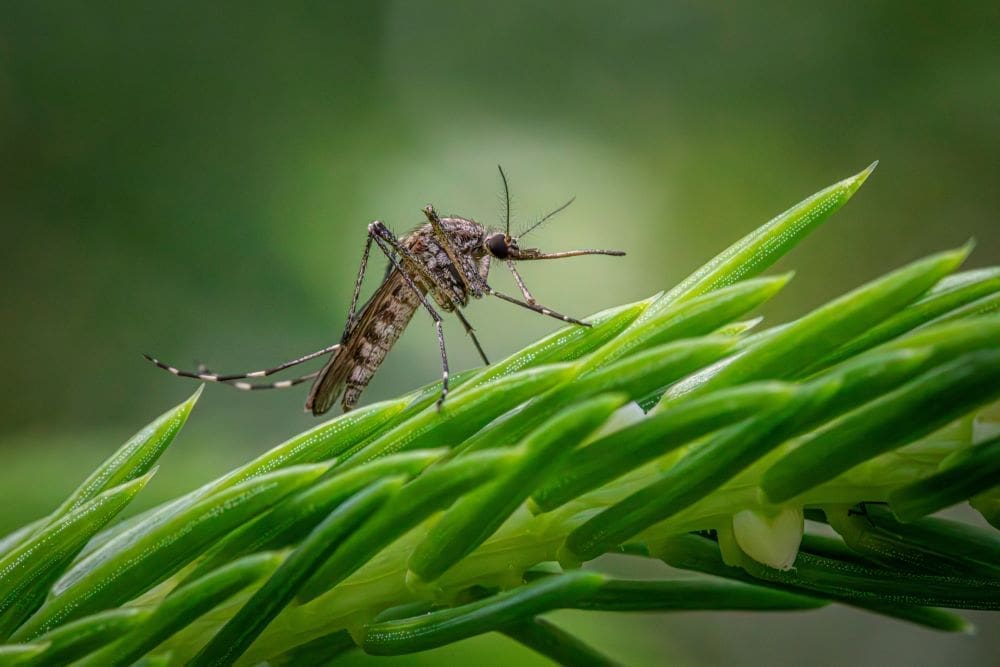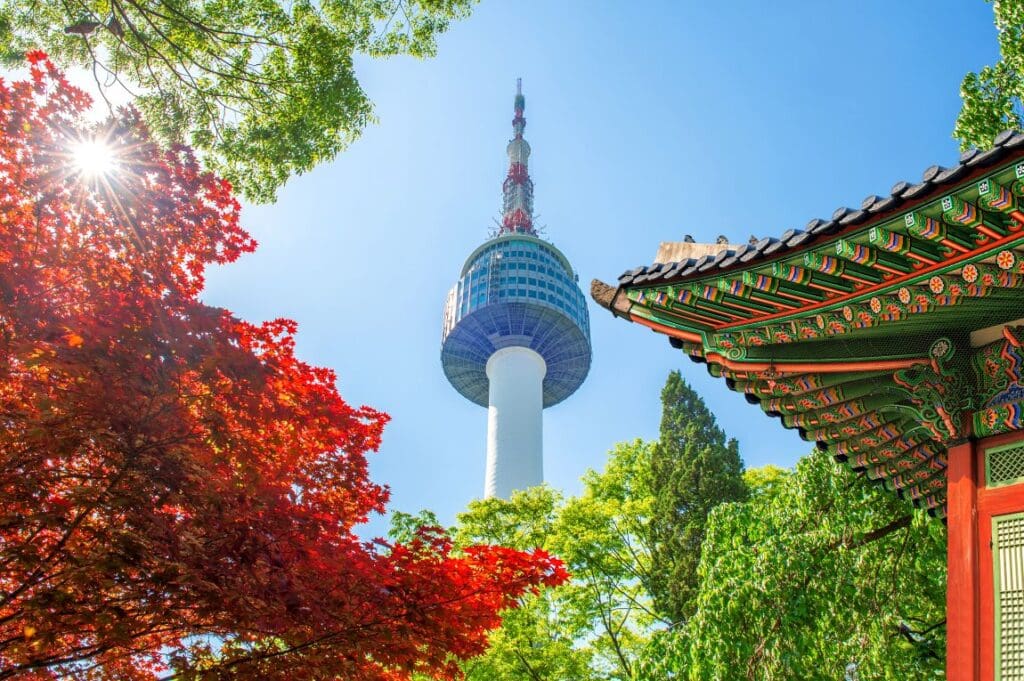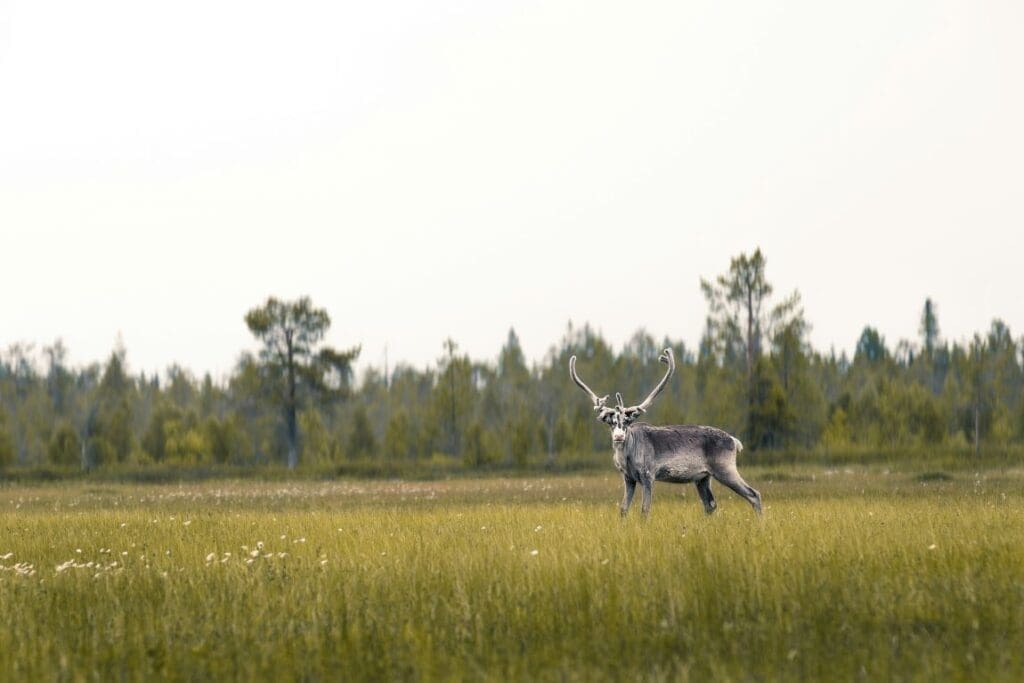Summary:
As mosquito activity intensifies across Europe, the European Centre for Disease Prevention and Control (ECDC) is rolling out new tools to help authorities manage the growing threat of mosquito-borne diseases. This summer, ECDC has introduced a series of weekly surveillance reports offering near real-time updates on cases of dengue, chikungunya, Zika, and West Nile virus across the continent. The aim is to strengthen public health response, improve coordination between countries, and adapt control strategies as mosquito seasons lengthen due to rising temperatures and changing environmental conditions.
In addition to these updates, ECDC has released new guidance on managing locally acquired cases of Aedes-borne diseases. The document outlines practical prevention and response measures tailored to four levels of transmission risk, with recommendations for surveillance, vector control, outbreak response, and public communication. A separate guidance document addresses West Nile virus specifically.
The main mosquito species of concern – including Aedes albopictus, Aedes aegypti, and Culex pipiens – are expanding their range across Europe. Already in 2025, France has reported several chikungunya outbreaks earlier in the season than in past years. With the risk of transmission rising, ECDC emphasizes the importance of both public health planning and individual action to reduce exposure and limit disease spread.

New ECDC weekly reports and guidance to tackle mosquito-borne diseases across Europe
The reports cover chikungunya, dengue, Zika, and West Nile viruses, providing a comprehensive view of the evolving situation across European countries.
ECDC’s new surveillance updates aim to enhance timely public health response and strengthen coordination among countries. By offering consistent, near real-time epidemiological data, the updates can inform both national and regional control strategies, especially as Europe faces longer and more intense mosquito seasons due to climate change.
In order to support national and regional preparedness efforts even further, ECDC is also publishing new public health guidance on locally acquired Aedes-borne diseases in Europe. The document outlines practical surveillance, prevention, and control measures for chikungunya virus disease, dengue, and Zika virus disease, with recommendations tailored to four risk levels based on vector presence, environmental conditions, and recent transmission. A similar guidance for West Nile virus is also available.
The guidance also includes criteria for risk classification, actions for each level, and strategies for vector management, outbreak response, and public awareness. It is designed for public health authorities, laboratories, and emergency planners to help them assess risks, prioritise resources, and strengthen integrated vector control.
Current situation
The main vectors of concern for Europe include Aedes albopictus, which can transmit dengue, chikungunya, and Zika viruses; Aedes aegypti, which also spreads yellow fever virus; and Culex pipiens, the primary vector for West Nile virus. These species are expanding across Europe. Aedes albopictus is currently established in 16 countries and 369 regions – up from 114 regions about a decade ago. Aedes aegypti, once eliminated from Europe, has re-emerged in Cyprus. Meanwhile, Culex pipiens continues to enable widespread West Nile virus transmission, especially during the summer and early autumn.
Last year, 304 cases of locally acquired dengue were reported in Europe, an increasing trend compared with previous years (130 cases in 2023 and 71 cases in 2022). In the same year, 1 436 cases of West Nile virus infection were recorded, with infections spanning 212 regions in 19 countries. These figures underline the growing geographic spread and public health impact of mosquito-borne diseases in Europe.
So far in 2025, France has reported six outbreaks of locally acquired cases of chikungunya virus disease, with symptoms onset in late May or June. This indicates a very early start of the mosquito season. In previous years, such cases occurred in July or August, highlighting how changing environmental conditions are creating longer and more favourable periods for transmission.
What can be done?
Everyone has a role to play in reducing the risk of mosquito-borne infections – personal measures include applying mosquito repellent on exposed skin, wearing long sleeves and trousers, especially during dawn and dusk when mosquito activity peaks, and sleeping under bed nets or in rooms that are screened or air-conditioned if possible. Travellers returning from regions where diseases like dengue or chikungunya virus disease are circulating should continue these precautions for at least three weeks to avoid introducing viruses into areas where competent mosquito vectors are present.
Environmental and community actions are also essential to reduce mosquito breeding and to prevent outbreaks. Removing standing water from containers such as flowerpots, buckets, and clogged gutters can significantly limit breeding grounds. In some cases, larvicides may be used in larger water bodies, and adulticides applied during active outbreaks, always considering the ecological impact.
Taken together, these measures can reduce the impact of mosquito-borne diseases across Europe.
***
View the surveillance reports
Seasonal surveillance of chikungunya virus disease in the EU/EEA
West Nile virus cases in EU/EEA and EU-neighbouring countries
Read the guidance and follow the webinar
View the mosquito maps and factsheets
Article Source:
Press Release/Material by European Centre for Disease Prevention and Control (ECDC)
Featured image credit: Erik Karits | Unsplash




